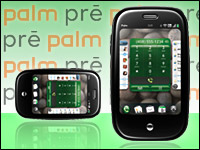
Palm is expanding the distribution of its smartphones, the Palm Pre Plus and Palm Pixi Plus, by making them available through AT&T. While the move isn’t likely to hurt Palm’s fortunes, it’s not clear whether it can do much to help the flailing company.
AT&T will start carrying the Palm mobile phones in a few months. The Pre Plus will retail for US$149.99; the Pixi Plus will sell for $49.99. Both prices are contingent upon a two-year service contract and $100 mail-in rebate.
Palm is clearly in survival mode; after several years of lackluster growth, the smartphone manufacturer experienced a crisis last week, when it announced sales projections for the coming quarter that were markedly lower than Wall Street’s already-low expectations . Palm stock tanked and several analysts wrote off the company as a viable player.
No Palm Buzz
The plan to distribute its smartphones through AT&T, announced the Monday, failed to impress many observers. Palm’s troubles, which appear to be centered more on its branding and inability to connect with consumers and developers, go too deep to be solved by any single distribution agreement.
Palm has become irrelevant against the giant marketing machines known as “iPhone” and “Droid” — it’s that simple, Giovanni Calabro, VP of user experience at Siteworx, told the E-Commerce Times.
“No matter how many subway advertisements they purchase, the buzz and word of mouth is around Apple and Droid,” said Calabro, “and where the buzz goes, the development goes. This means there will be more developers working on phone apps for these iPhones and Droids to gain visibility. In all, Palm hasn’t done anything to improve the phone’s user experience to trump Apple or Google.”
AT&T Carries Everyone
Furthermore, the distribution agreement that Palm is banking on to salvage its operations is with AT&T — which carries a number of devices, including the iPhone, and continues to ink new distribution agreements by the week.
In fact, in another Monday announcement Dell said that its Android-based Aero smartphone will be carried by AT&T.
There will need to be active promotion of Palm’s handsets by the sales staff, as well as a focused marketing effort, in order for this distribution deal to make a meaningful difference to the company, Azita Arvani of the Arvani Group, told the E-Commerce Times.
Back in the Day
If Palm had tried something like this a few years ago, it might have worked, Rob Enderle, principal analyst at the Enderle Group, told the E-Commerce Times, “but now they have a fraction of the funding they initially had, and the Palm Pre is looking dated. It is actually not a bad phone — particularly with the mobile hot-spot on the Pre — but they can’t really afford to get the word out now, and another infusion of cash seems unlikely.”
Indeed, the news that AT&T would be distributing Palm prompted more talk about how its devices were trailblazers in the company’s heyday than any forward-looking observations.
“It’s too little, too late,” said Jack Vonder Heide, president of Technology Briefing Centers.
“Palm has seen its day,” he said. “They were first mainstream mobile device, the first color device. They were the industry leader, but they fell behind the tech curve.”
What is really sinking the company is the fact that it is so highly leveraged and its stock price has plummeted.
“I don’t see how [Palm] will raise the necessary cash to pull itself out,” said Vonder Heide.

























































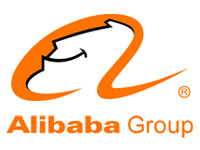


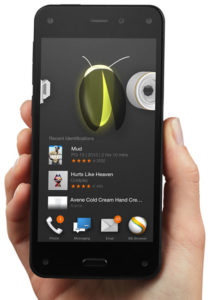




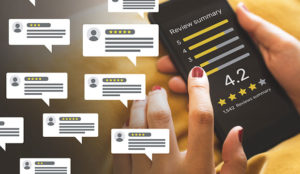
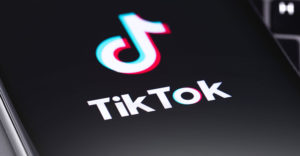




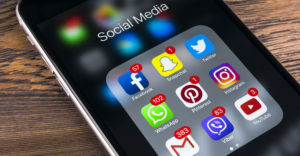






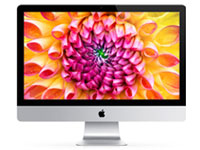



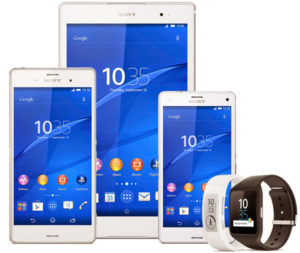

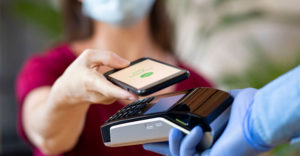

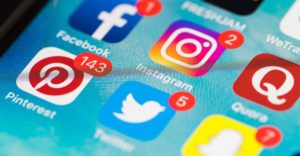





Social Media
See all Social Media